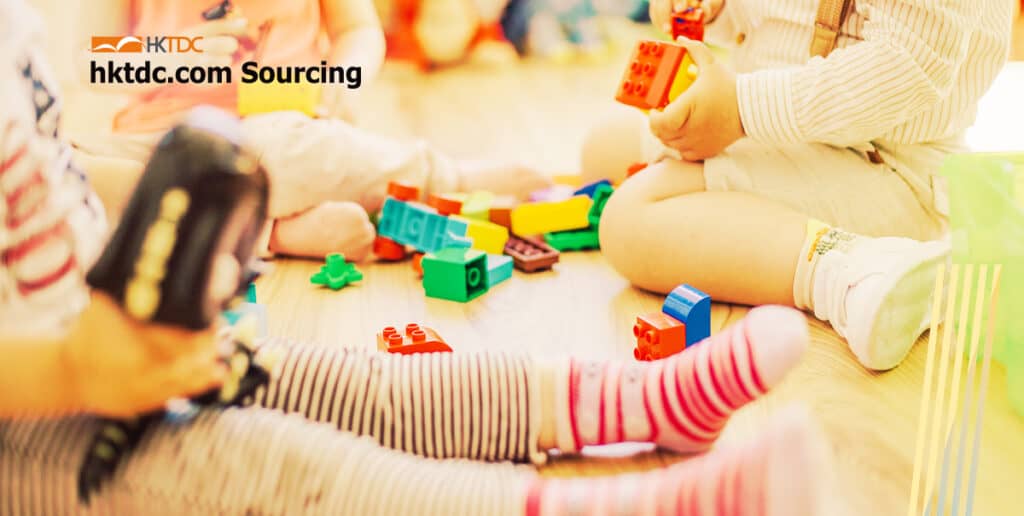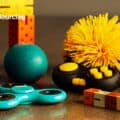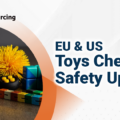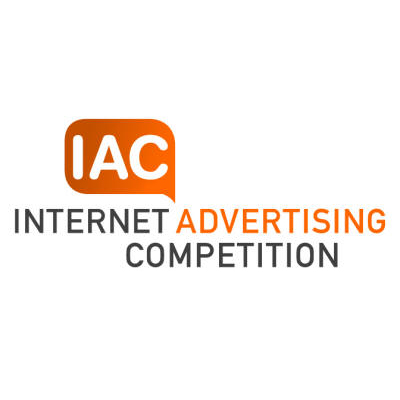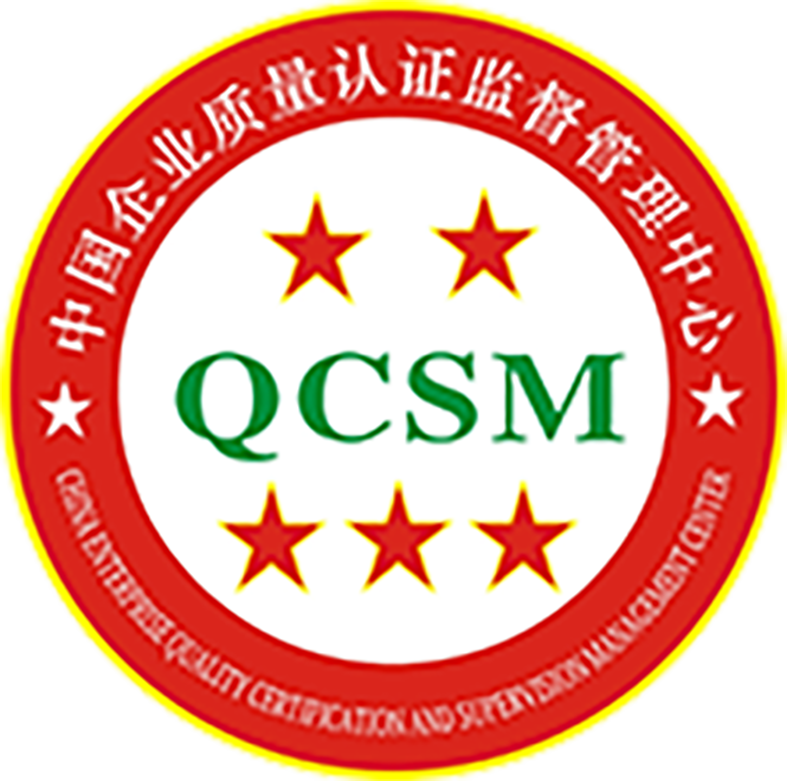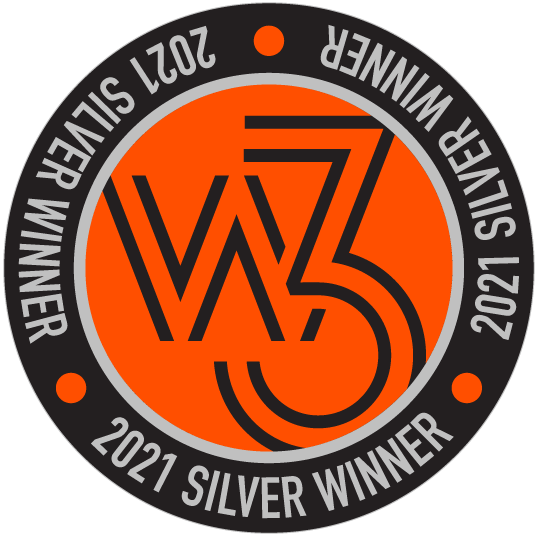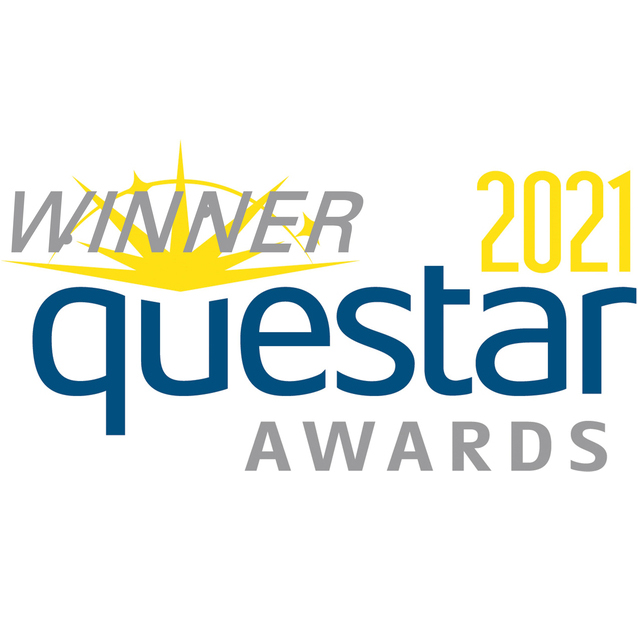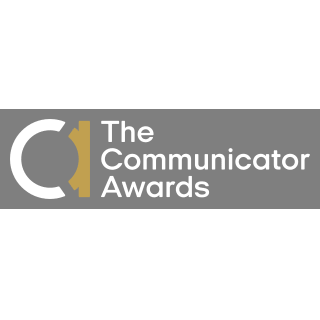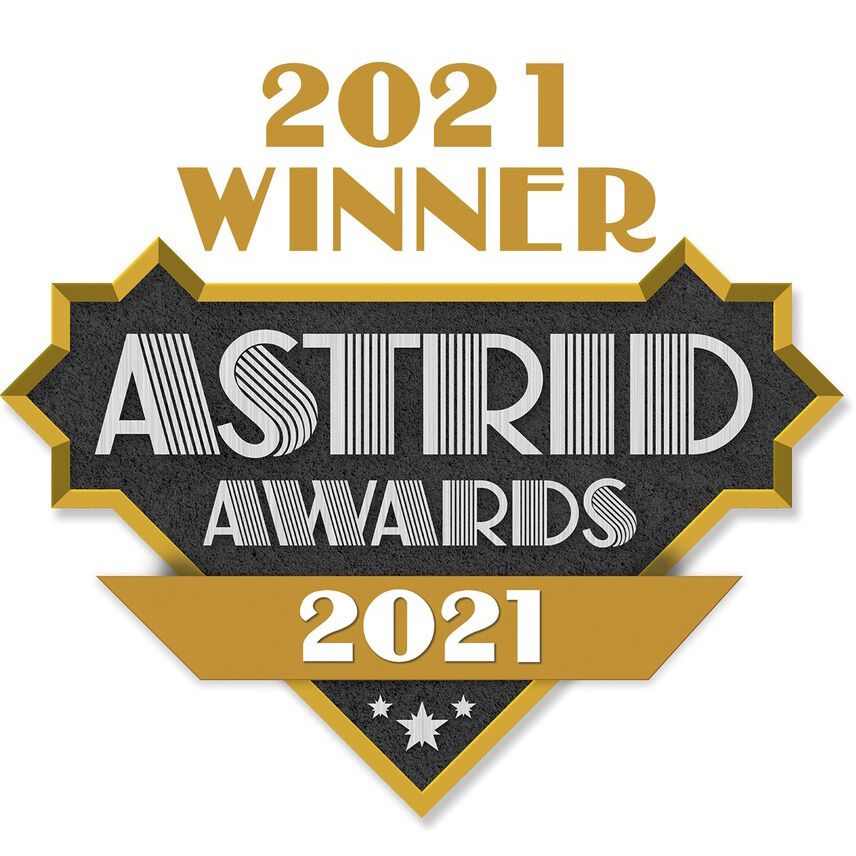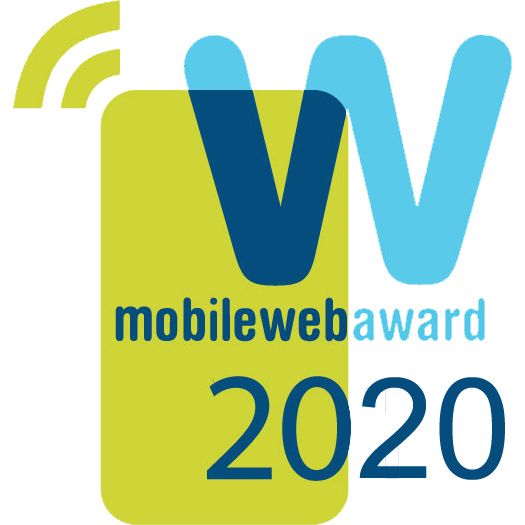Age determination is an important step in developing, marketing, and labeling consumer products for children. It is related to product safety and provides consumers with important and age-grade guidance in selecting age-appropriate products for children.
For CPSC Age Determination Guidelines provided a valuable reference on children’s development. It is the guidance on determining the appropriate age for a toy in which the various characteristics of a consumer product such as smart and traditional toys are matched to the skills, play behaviors, and interests of children in the particular age group.
In this article, we will brief the purpose and structure of the CPSC Age Determination Guidelines and provide the updates for the 2020 version regards of the changes and revisions.
1. The CPSC Age Determination Guidelines
A. Background & Purpose
The CPSC Age Determination Guidelines presents age-grading information in the form of guidelines for toys, children’s toys, child care articles, and other children’s products. Once manufacturers determine a target age for the product through age grading, accurate age labels provide parents and other consumers with guidance for selecting age-appropriate products for children. The first version of the guidelines are written in 1985, revised in 2002 and 2020. Full version here.
CPSC staff are encouraging manufacturers and importers not only to provide clear and accurate age labeling on product packaging but also to promote and market those products to the appropriate age groups. Most notable for age grading, CPSIA (1) mandated the ASTM F963 Standard Consumer Safety Specification for Toy Safety as a consumer product safety standard (incorporated by reference in 16 CFR part 1250), and (2) added a definition of “children’s product” in the CPSA. A children’s product is “a consumer product designed or intended primarily for children 12 years of age or younger.”
The definition states four factors to consider. A manufacturer’s statement about intended use is one factor but is not determinative. The Age Determination Guidelines are the fourth criterion to consider when determining what constitutes a “children’s product” under the CPSIA.
Annex A1: Age Grading Guidelines found at the back of ASTM F963, Toy Safety Standard. The annex covers the purpose and objectives of age labeling, criteria to consult, sources of information or “tools,” and how to factor in safety concerns when age grading.
B. Structure
The play category level consists of eight main groups that serve as the primary structure of the Age Determination Guidelines that are broken down into 21 sub categories:
|
Play Category |
Product Subcategory |
Examples |
|
Exploratory & Practice Play |
Mirrors, Mobiles & Manipulatives Push & Pull Toys |
Rattles, squeeze toys, toy with wheels and pull string |
|
Building Play |
Blocks Interlocking Building Materials |
Wood/foam/cardboard blocks, brick-connecting blocks, model kits |
|
Pretend and Role-Play |
Dolls & Stuffed Toys, Play Scenes & Puppets, Dress-Up, Materials, Small Vehicle Toys, Tools & Props |
Dolls, stuffed animals, action figures, Doll houses, pop-up tents, costumes, jewelry, cars, trucks, trains, planes, cell phones, kitchen sets |
|
Game and Activity Play |
Puzzles Card, Floor, Board, & Table Games |
Inset frame, jigsaw, 3-D Wood, cardboard |
|
Sports, Recreational and Outdoor Play |
Ride-On Toys, Recreational Equipment, Sports Equipment |
Tricycles, wagons, bicycles, scooters, motorized cars, skates, Hoops, tents, football, baseball, tennis, golf |
|
Media Play |
Arts & Crafts Musical Instruments |
Paints, paper, glitter, scissors, Keyboards, tambourines, drums |
|
Educational and Academic Play |
Books Learning Products |
Paper, hard, coloring, vinyl press & guess |
|
Technology Play (New) |
Smart Toys & Educational Software Audiovisual Equipment Computer & Video Games |
Computer-chip based or online MP3s, CDs, DVDs, handheld/tablet, laptop, desktop |
2. Updates on 2020 Version – Technology Toys
A. Mirrors, mobiles & manipulatives
Added additional details regarding play tunnels (length specified for different age ranges):
Added gear toys – 18 months+
Added bubble guns, foam clay and liquid clocks – 3 years+
Nesting toys now appropriate for over 18 months vs over 12 months
B. Small vehicle toys
12 – 18 Months – simple remote controls & devices (controlled by rattles or large buttons)
Over 18 Months – small B/O vehicles that can perform simple tricks (e.g. tumbling, rotating, and bump-and-go motions when a button is pressed on them.
2 + Years – remote control with a couple large push buttons, or turn a steering wheel to produce basic actions. Tracks that allow child to watch cars go down a slope.
3 + Years – track sets with garages, lifts, launchers, ramps, or manual elevators that are compatible with die-cast cars.
4 to 5 Years – Track sets with dozens of interchangeable pieces that can be used to perform stunts or race two or more die-cast cars.
6 to 8 years – vehicle tracks that can quickly launch cars using cranking mechanisms.
C. Musical Instruments
12 to 18 Months – xylophones provide an exciting cause-and-effect functionality and are easy to activate with limited fine motor skills (vs 4 to 5 years)/chunky whistles (vs. 2+ years). Added plastic guitars activated by buttons, and egg shakers.
19 to 23 Months – simple music sets up to 6 pcs
2 + Years – added music set up to 12 pcs, novelty horns without functional buttons
3+ Years – xylophones (vs. 4 – 5 years), added electronic drum pads and novelty horns with up to 3 buttons
4 to 5 years – added DVD’s/MP3’s/Streaming, instrument sets with 10 to 20 pieces, kazoos, pianos with symbol booklets with instructions for what keys to press, floor pianos, accordions. Harmonicas and Ukuleles (vs. 6 + Years).
D. Books and learning products
Book Additions:
12 to 18 Months – added vocabulary books
2 + Years – simple electronic-teacher and other learning products that teach animals
3 + Years – added coloring books with large simple outlines Learning Products Additions:
4 to 5 Years – alphabet magnets, abacuses, science experiments with a few steps, cameras with a view finder function, focus-free microscopes, functional toy keyboards and typewriters.
E. Smart toys and educational software
2 + Years – software program or application that requires simple responses from the child (e.g. large spaces for input on tablet)
3 + Years – learning is aided by a robot with a smart phone plugged into its head that is able to control the robot’s movements to be more contingent to the child’s input
6 to 8 Years – mobile device applications
F. Audiovisual equipment
Birth to 7 Months – internet streaming audio & mp3 that have gentle, predictable sounds and are played at low volumes
12 to 18 Months – begin to learn how to use and manipulate the buttons on a mobile touchscreen device
3 + Years – capable of operating DVD players, digital music players / applications, toy karaoke units
4 to 5 Years – like to answer problem solving questions on video programming
6 to 8 Years – audio books and portable digital music players
9 to 12 Years – advanced karaoke machines with CD, microphone, and visual display screens
G. Computer and video games
Under 18 Months – The American Academy of Pediatrics (AAP) suggested that children under the age of 18 months should not use screen media except for video chatting.
Over 18 Months – children 18-24 months consume high-quality media programming only with a parent each day.
2 + Years – children older than age 2 not consume more than an hour of screen time each day. Insert CD/DVDs into desktop and laptop computers, but the program needs to self-restart because children will not be able to complete more than 2 or 3 simple commands
3 + Years – games on touchscreen devices.
Latest regulatory news of IoT Products:
For the latest regulatory news of IoT Products, you may check out: https://cpsglobal.bureauveritas.com/l/520011/2021-10-04/8jfrb4
The Age Determination Guidelines explain how CPSC staff develops its assessment of ages for consumer products. Although they are not a mandatory rule, and CPSC will not enforce manufacturers as such. Rather, they present CPSC staff’s views on age grading. Manufacturers and others may use the Age Determination Guidelines to help them determine the appropriate age group for their product(s).
Recommendations from Bureau Veritas:
The safety of connected toys and robots are the most prior concern for consumer, other than CPSC age grading, network encryption is also taking place. To protect children or users’ privacy and minimize the risk of being recall, it is suggested to gain an authorized certificate of related tests.
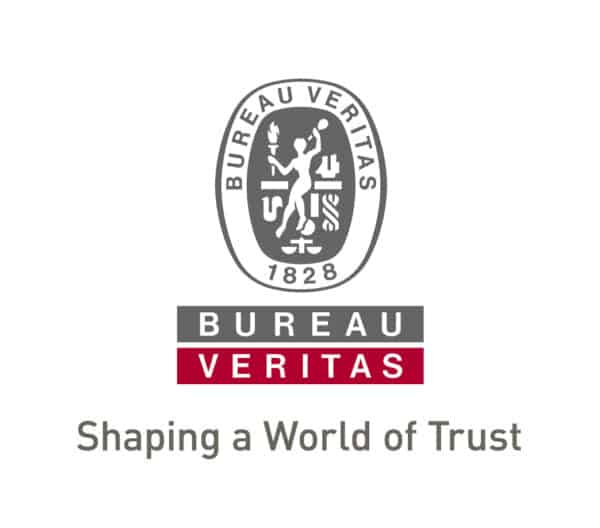
Bureau Veritas Consumer Products Services Hong Kong
Bureau Veritas is an authorized lab to deliver the above IoXT certification, as well as other connected toys and IoT product testing, inspection/audit and certification. We offer one-stop-shop solutions to all your global market access needs. If you have any comments and/or questions about this article, please visit: https://www.cps.bureauveritas.com and click HERE for more technical news updates or webinars like this.


